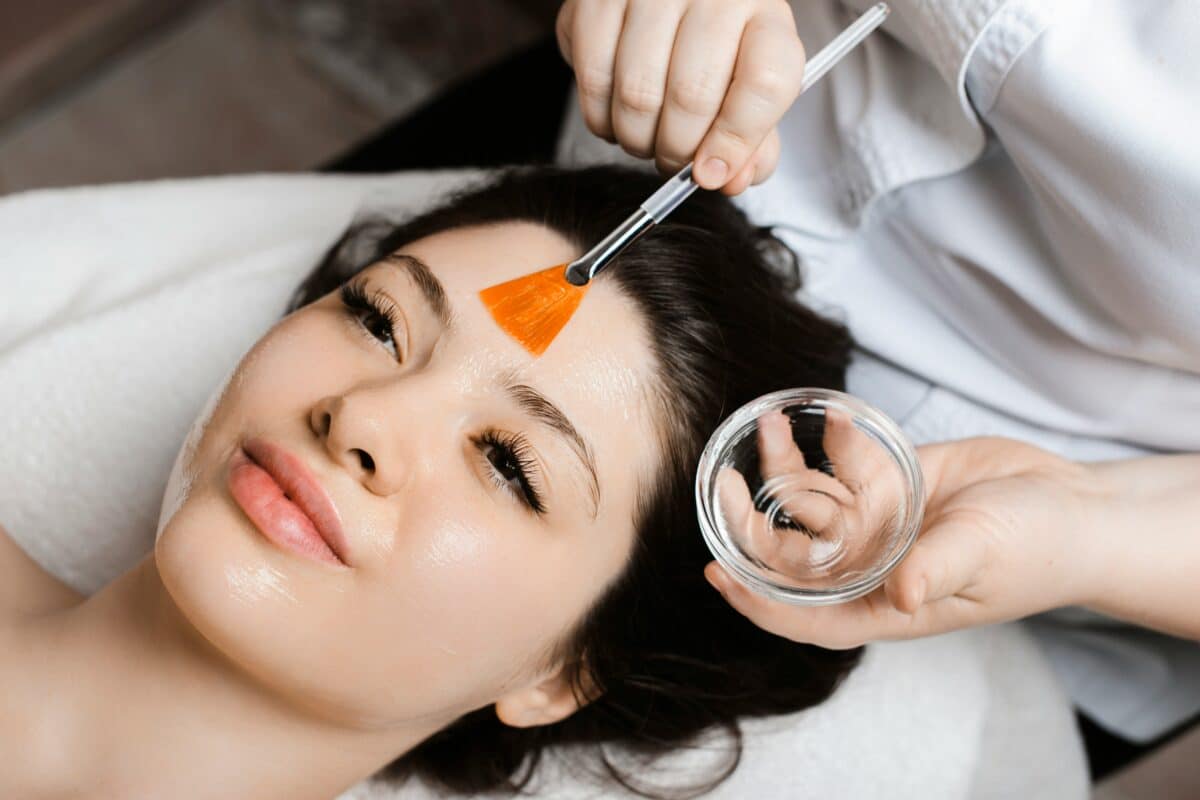Solo Female Travel: Safe and Empowering Adventures
How Can Solo Female Travelers Plan a Safe and Enjoyable Journey?
Traveling solo as a woman offers the freedom to explore the world on your own terms, but it also comes with unique considerations. For those venturing into solo travel, preparation is key to ensuring both safety and enjoyment. By planning carefully, you can experience the joy of discovering new places and cultures while feeling empowered and confident.
Research is the foundation of any great solo trip. Choose destinations that align with your interests, such as vibrant cities, serene beaches, or adventure-filled landscapes. Look into the safety reputation of your chosen location and read reviews from other solo female travelers. Platforms like travel blogs and forums often highlight helpful tips and firsthand experiences that can guide your plans.
Booking accommodations in safe neighborhoods is another crucial step. Seek places with strong reviews from women and consider staying at female-friendly hostels or boutique hotels that cater to solo travelers. Building a detailed itinerary, including local transportation options, ensures you know what to expect and reduces potential stress during your trip.
What Tips Can Enhance Safety While Traveling Alone?
Safety is a top priority for solo female travelers. By taking simple precautions, you can reduce risks and focus on enjoying your adventure. The most important tip is to trust your instincts. If a situation feels uncomfortable or unsafe, don’t hesitate to remove yourself from it.
Keeping loved ones informed of your plans provides an extra layer of security. Share your itinerary with a trusted friend or family member, and maintain regular contact during your trip. Apps like Find My Friends or WhatsApp allow others to keep track of your location without intruding on your independence.
Blending in with locals can also enhance safety. Dress modestly or in accordance with local customs to avoid drawing unnecessary attention. Carry a dummy wallet with small amounts of cash, while keeping your main valuables secure in a money belt or hidden pouch.
Being aware of your surroundings is vital. Avoid looking at your phone for long periods while in public, and try to familiarize yourself with local maps and landmarks before heading out. Using ride-sharing apps or official taxis instead of unlicensed transport ensures a safer commute, particularly at night.
How Can Solo Female Travelers Create Rewarding Experiences?
Beyond safety, solo travel is about creating moments that leave lasting memories. A key advantage of traveling alone is the ability to immerse yourself in activities that genuinely interest you. Whether it’s a cooking class in Italy or a trek through Peru, these experiences allow for personal growth and self-discovery.
Connecting with fellow travelers can add a social element to your journey. Many solo travelers find companionship through group tours, meet-ups, or co-living spaces. These settings provide opportunities to share stories and explore together while maintaining the freedom to go solo when desired.
Documenting your travels through a journal, blog, or photography is another way to make the experience more fulfilling. Reflecting on your journey allows you to appreciate your achievements and the challenges you’ve overcome. Sharing these stories can also inspire other women to embrace solo female travel.
Practicing self-care during your trip ensures you remain energized and positive. Take breaks when needed, treat yourself to a luxurious meal, or spend a day relaxing at a spa. Balancing exploration with rest helps maintain your enthusiasm for new adventures.
Why Is Solo Female Travel Empowering?
Traveling solo is more than an opportunity to see the world; it’s a journey toward self-empowerment. Overcoming the challenges of solo travel builds confidence and resilience, teaching you to rely on your own judgment and adaptability. Navigating unfamiliar places and cultures fosters independence, reinforcing your ability to thrive in any situation.
Solo female travel also breaks societal norms and challenges stereotypes, showing that women can explore the world safely and boldly. Each trip becomes a statement of freedom, proving that adventure knows no gender.
The friendships and connections made along the way are another enriching aspect of solo travel. Engaging with people from diverse backgrounds broadens perspectives and creates a global network of friendships. These experiences deepen your appreciation for the world’s cultural richness and diversity.
Above all, the stories you gather during your travels become part of your unique narrative. Solo female travel isn’t just about the destinations you visit—it’s about the transformation you undergo, making it one of the most rewarding endeavors a woman can undertake.










